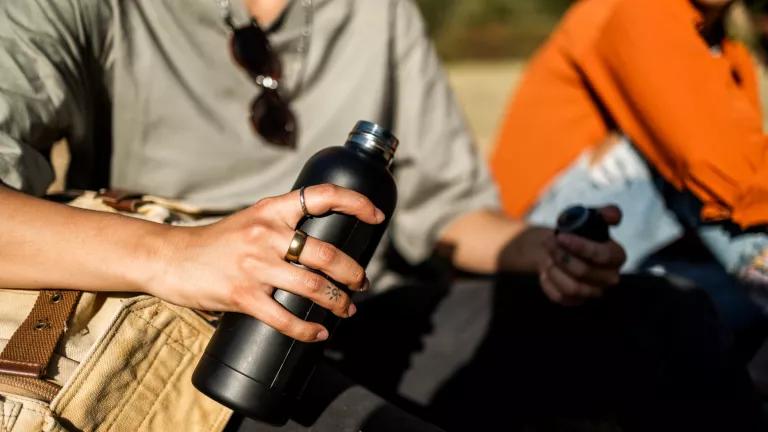More than two weeks after Hurricane Sandy slammed into Staten Island, the Rockaways, New Jersey, and lower Manhattan, tens of thousands of people are still in need of shelter – an estimated 40,000 plus. But millions of us across the country – even those of us fortunate enough to be outside the zones of most severe storm damage -- are asking ourselves tough questions about where we go from here in terms of preparing for the next extreme weather event ,fueled by climate change.
The shift in the way we view our storm vulnerability in NY changed overnight, and not gently. There are thousands of people still suffering, millions in recovery, neighborhoods and landscapes I have lived in that have been flooded, flattened, blown, battered.
Some of the public health issues after a terrible storm and flood like Sandy come to mind quickly –the reported loss of 112 lives from drowning and injuries sustained. But many other health threats after the storm are beginning to emerge – and the list is long.
From the many power outages sustained across the region, not only loss of lights but loss of refrigeration meant food supplies lost, as well as medical equipment service interrupted, medications that may have been compromised and upset or ruined scientific experiments. There were several heroic hospital evacuations during Sandy, down darkened stairwells in hospitals where back-up power system elements were flooded in the basement. Traffic signals also fail when regional power systems go dark; and there have been reports of traffic fatalities post-Sandy on streets where traffic lights were no longer in operation.
When people have to leave their homes, health issues can arise around sheltering & being displaced. The stress of living in close quarters in shelters post-storm can lead to depression or violence. With their regular medical or mental health care interrupted, displaced people in shelters may find themselves more susceptible to infectious illnesses that can circulate in shelter populations.
The floodwaters themselves can be contaminated with human fecal matter from overflowing septic fields or waterfront treatment plants. There’s been evidence of stormwater sending large influxes of sediments into surface and groundwater; or possibly adding chemical contaminants to the mix. Microbial or chemical contamination could result in gastrointestinal illness in people contacting the floodwaters. Dampened building materials can foster mold growth. And, when fires occur, responders are hampered by floodwaters, with deadly result as in the Breezy Point, Queens fire which claimed 100 homes in a neighborhood that had already been hit by a tornado in September 2012.
New York City, the states involved, and federal agencies have undertaken the enormous job of response efforts, and in many neighborhoods services were restored with amazing speed. But others are still suffering, in need of longer-term shelter, and strategies for what comes next.
Now we need to go the extra mile to begin longer-term conversations about how to make that rapid response capacity something that all neighborhoods enjoy in the next storm, when it happens – and, it will.
Our health care system – hospitals, rehabilitation and assisted living facilities – is still climate-vulnerable. Even those that had storm preparedness strategies in place will be re-thinking their planning in the face of climate change.
Sandy could be the storm that will make us re-visit climate preparedness planning for the tens of millions of coastal residents of this country. We have land use planning, green infrastructure, open space and wetlands protections, and flood evacuation planning to rely on. We have the networks of people and responders and government agencies that worked so tirelessly through Sandy to help those in need.
But if we don’t begin to factor climate change’s effects on sea level rise, storm surge, intense rains and flooding and the damage they cause – we will leave ourselves exposed to more health risks in the next storm.



